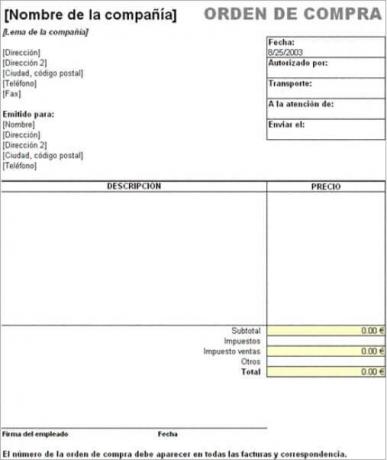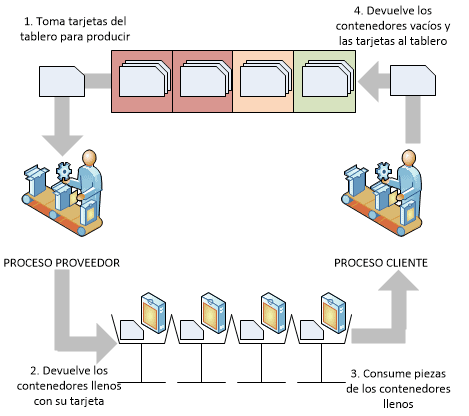A supply chain It is that chain of processes involved in the action of satisfying the needs of the client, either through consumer goods or services. It goes from obtaining raw material, transforming the material into intermediate products and finished products and the distribution of these products to consumers.

Advertisements
It commonly consists of three parts: supply, manufacturing, and distribution.
- Supply focuses on where, how and when materials for manufacturing are sourced and supplied.
- The making converts all raw materials into finished products.
- The distribution makes sure to bring these products to the consumer, through a network of distributors, shops and warehouses.
According to this, it can be said that the process chain It starts with your suppliers 'suppliers and ends with your customers' customers.
Advertisements
However, it should be noted that logistics is part of this process and fulfills important functions such as the planning, organization Y control of the different stages, that is, from the point of origin to consumption, in order to satisfy customer requirements and needs.
Logistics is in this process, something similar to the heart of the human body, which pumps blood to all parts of it.
Advertisements
In this article you will find:
Types of supply chain according to the type of company.

Each company can have a different distribution chain, depending on the type of company.
Advertisements
Industrial business:
- They have one supply chain with a lot of logistics, which will depend on the size of the company, the production lines they have and the market to which their products are directed. Generally includes functions such as, new product development, marketing, import, manufacturing, distribution, finance and customer service.
Trading companies:
- In this case, they are less elaborate, it does not handle the productive part, it mainly handles the obtaining and sale of products. It covers functions aimed at receiving a request from the client and fulfilling said request.
Service companies:
- These have very short chains. It is more, a hierarchical chain and depends on the human resource.
Main characteristics of a supply chain
- It depends on the business in itself of size, objectives, plans, personnel, etc.
- It includes more than one organization or company, from the supplier to the seller, it also includes different processes and information flow.
- There must be confluence links between the processes involved.
- The concept of this chain should be developed keeping the objective of reaching certain levels of efficiency.
- Not all organizations are able to develop this concept, it influences factors such as company size, available resources, geopolitical situation, among others.
- It reaches its maximum performance when there is synchronization and good communication between all those involved. Shared information minimizes the overall cost and achieves higher customer satisfaction.
- In large companies, more than one Supply chain.
- The success of any chain lies in achieving its objectives by creating value for its customers within the required financial balances.
- The degree of development of this will depend on the degree of logistics of the company.
While it is true that formerly supply chains focused on the movement, availability and cost of physical assets, today their priority is to optimize data management, services and products bundled into solutions.
Modern management of distribution chain It has a direct impact on product quality, service, costs, customer delivery, and profitability.
Advertisements
Supply chain management vs. Business logistics management.

In general, the terms business logistics management and supply chain are used interchangeably. Logistics, which is a link in the supply chain, is totally different.
Logistics it clearly refers to the part that deals with the control and planning of the movement and storage of goods and services, starting from their point of origin to their final destination.
Logistics management begins with raw materials and ends with the delivery of the final product.
For a logistics management to be considered successful, it must ensure that there are no delays in the delivery at any point in the chain and that products and services are delivered in good terms.


